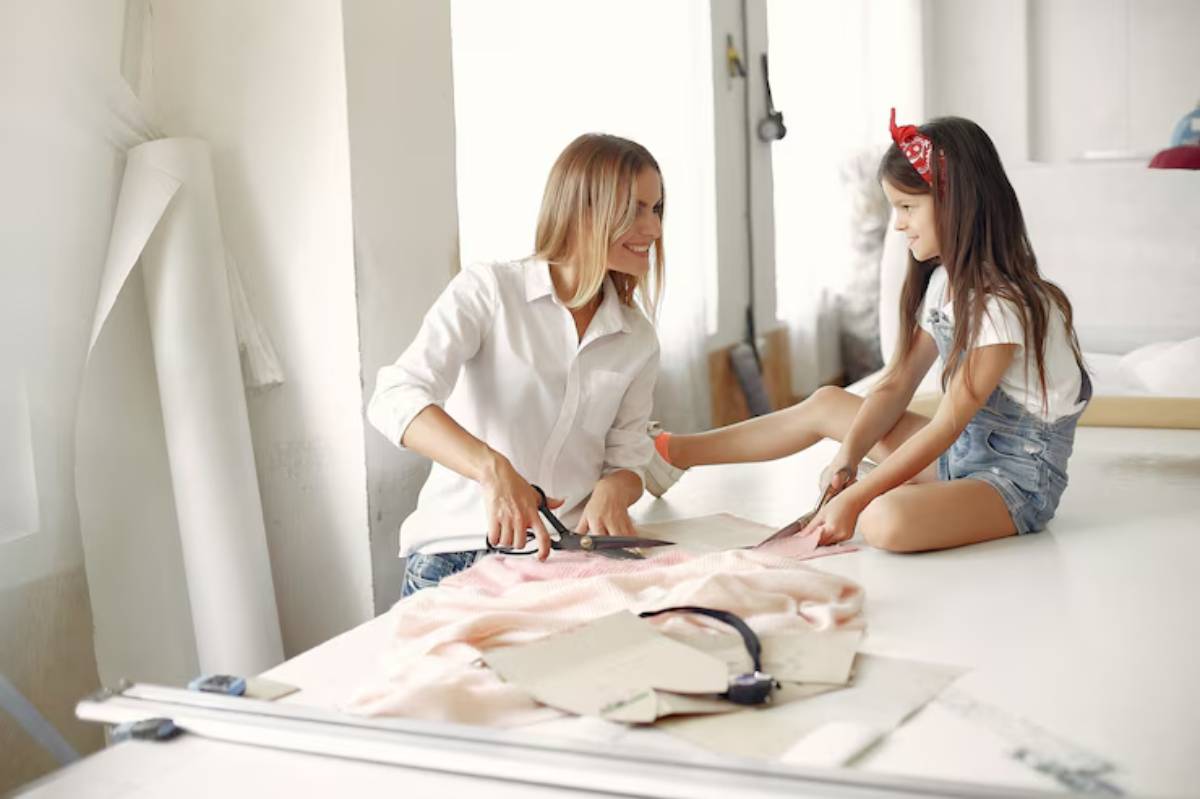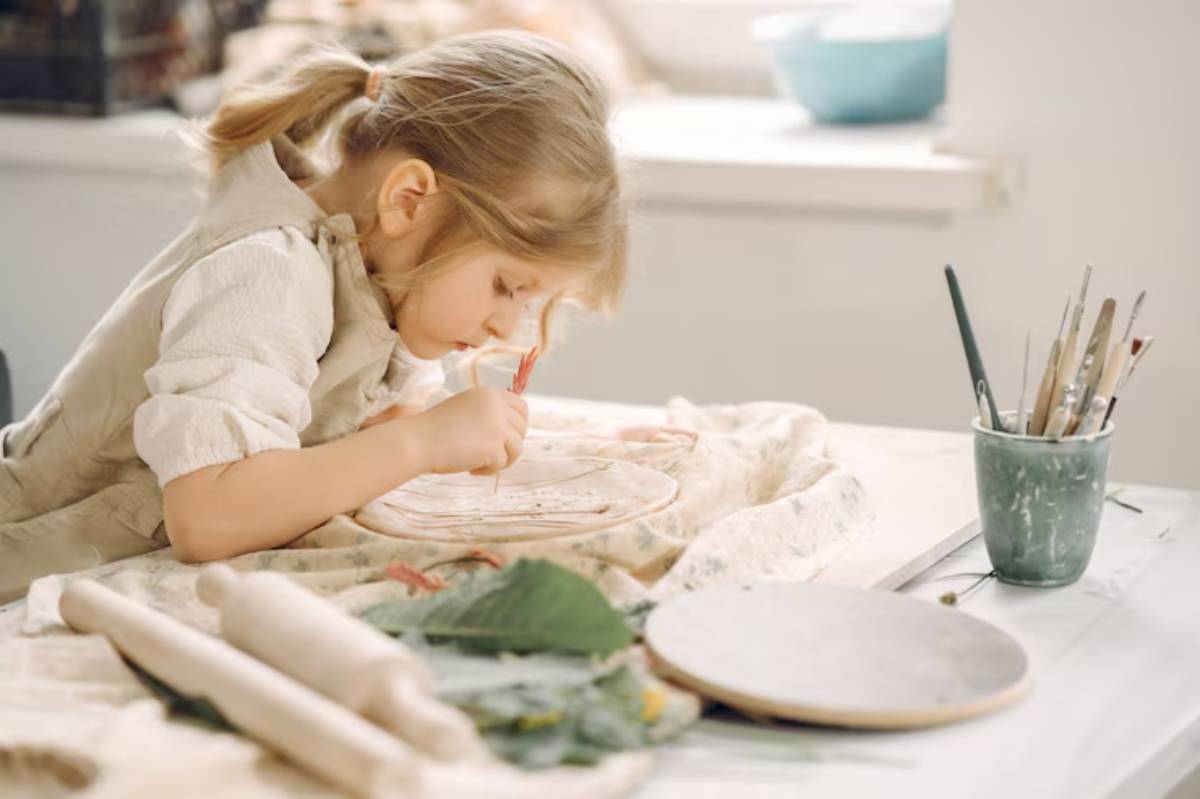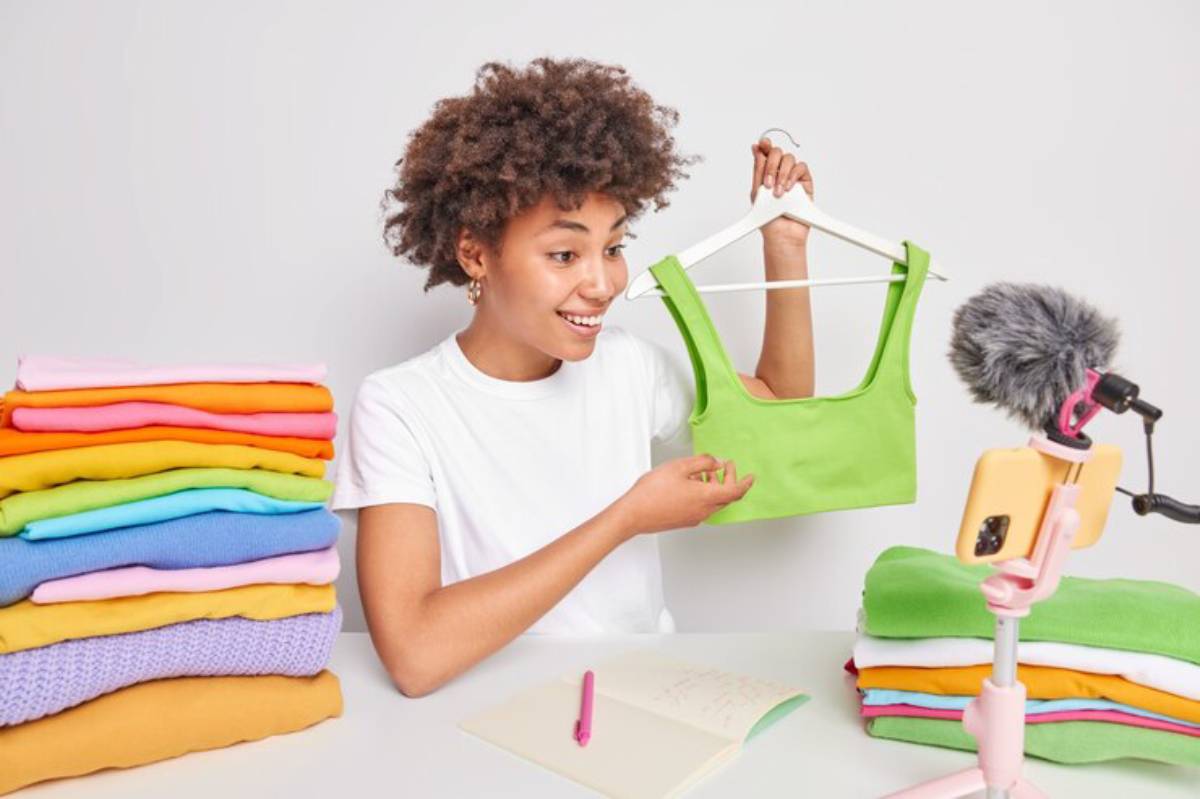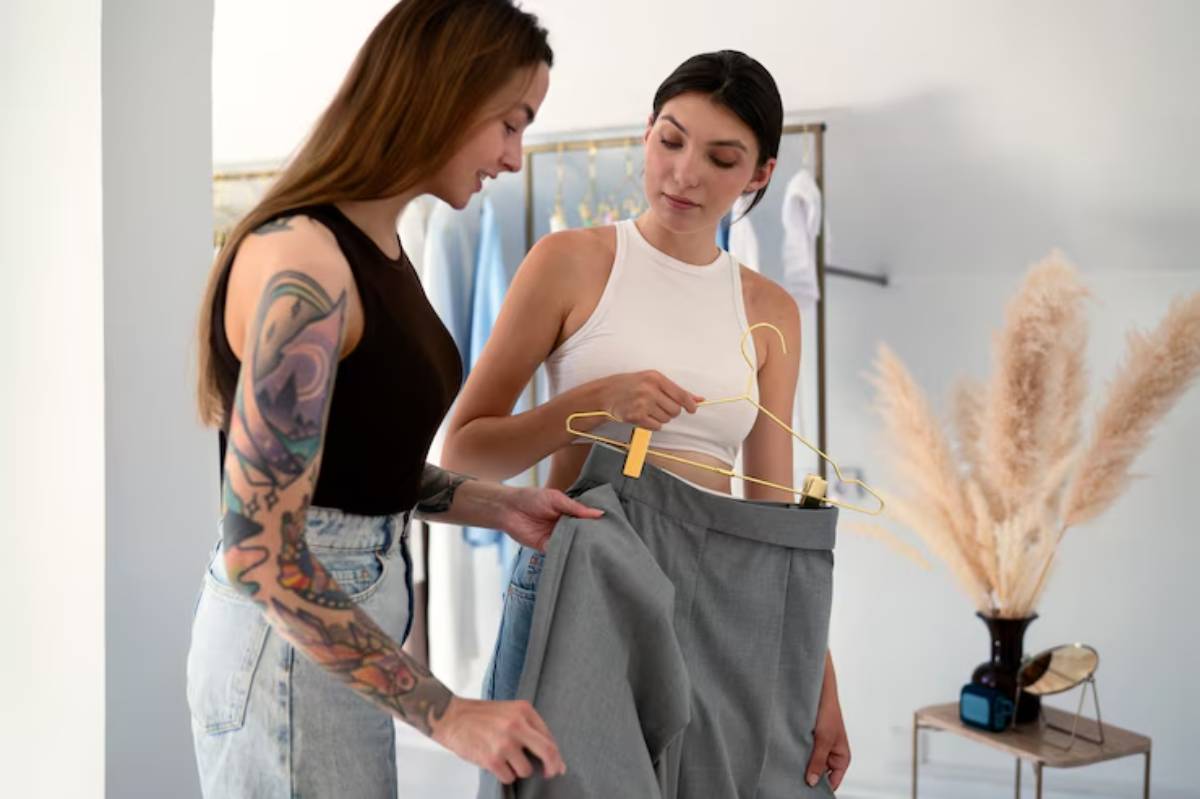
Teaching Kids to Value Sustainable Fashion
Children outgrow clothes faster than you can say “school uniform shopping”, but have you ever paused to consider the bigger picture? Every discarded T-shirt, forgotten hoodie, or trendy-but-briefly-loved jacket adds to a growing problem in fashion waste. As eco-conscious parenting becomes more mainstream, teaching children to understand the impact of their clothing choices is no longer a niche idea—it’s a necessity.
Eco kids’ education is about more than recycling or packing a bamboo lunchbox. It’s about cultivating lifelong habits and values that encourage care for the planet and the people on it. Sustainable fashion offers a hands-on way to do just that.
This article unpacks the importance of raising fashion-aware kids and shows how to instil values of mindfulness, responsibility, and ethics, without sounding preachy or overcomplicating things. Whether you’re a parent, carer, or educator, you’ll walk away with relatable insights and actionable inspiration for embracing a green lifestyle for families.
Why Fashion Matters in Childhood
The Environmental Impact of Fast Fashion
Fast fashion thrives on speed and low cost, often at the expense of people and the planet. From the water-guzzling cotton farms to the synthetic fabrics that shed microplastics in every wash, conventional clothing has a heavy footprint. And children, with their frequent growth spurts, are accidental contributors to this wasteful cycle.
Statistics to consider:
- The fashion industry is responsible for around 10% of global carbon emissions (UNEP, 2021).
- Over 300,000 tonnes of clothing end up in UK landfills annually, much of it from children.
Helping children understand the lifecycle of clothing is the first step toward kids’ fashion ethics and conscious choices.
Early Habits Shape Future Values
What we teach our children today shapes who they become tomorrow. Raising them to respect clothing, understand where it comes from, and consider who made it builds empathy and awareness.
Just like brushing teeth or crossing the road safely, sustainability can become second nature—if it’s taught in age-appropriate, engaging ways.
Making Fashion Education Relatable for Kids

Start With Their Own Wardrobe
Children often respond best when lessons are grounded in the familiar.
Open up their wardrobe and explore together:
- Where did this come from?
- What material is it made of?
- Who might have made it?
Let them touch different fabrics and compare quality. You might explain that natural fibres like organic cotton or bamboo are softer on the skin and gentler on the environment than synthetic ones like polyester.
Use simple language:
“Cotton grows on a plant, like fruit. Polyester comes from oil, like petrol. Which one do you think is better for nature?”
Talk About People, Not Just Products
Children understand fairness. Use that to your advantage. Explain that some people aren’t paid well or work in unsafe factories just so others can have cheap clothes. Sharing stories, especially from child-friendly documentaries or picture books, can help make the connection without overwhelming them.
Let them know that choosing ethical fashion is a way to help, not just avoid harm.
Fun Ways to Instil Sustainable Fashion Values
1. Get Creative with Clothing Swaps

Organising a clothing swap at school or with friends teaches children that fashion can be exciting without being wasteful. They’ll love the thrill of choosing something ‘new’ while learning that reusing is cool.
If you’re considering this, check out how to host a community clothing swap for step-by-step guidance.
2. Make Upcycling a Craft Project
Turn outgrown clothes into new treasures—like tote bags, puppets, or hairbands. This hands-on experience reinforces the idea that old doesn’t mean useless. You’re also boosting creativity, confidence, and fine motor skills in the process.
To get inspired, read about how to upcycle kids’ clothes as they grow and turn your weekend crafting session into a sustainability lesson.
3. Start a Wardrobe Rotation Challenge
Teach kids to love what they already own. Set a fun challenge to mix and match their existing clothes in new ways. You can even create a “fashion show” at home where they model different outfit combos.
Use a simple rule:
“Let’s wear everything we already have before we buy anything new.”
Embedding Values Through Story and Media

Children learn through story, repetition, and example. The good news is that there’s a growing library of content about sustainability designed just for them.
Books That Make an Impact
- “The Trouble with Dragons” by Debi Gliori – A gentle introduction to climate care.
- “A Planet Full of Plastic” by Neal Layton – Explains how plastic pollution works and how to reduce it.
- “What a Waste” by Jess French – Packed with facts and illustrations on how kids can protect the planet.
Reading together fosters open discussions and lets you answer questions as they arise, making it easier to weave values into daily life.
Choose Media that Models Mindful Living
Swap the occasional cartoon for nature documentaries or YouTube content from young eco influencers. When children see others their age advocating for change, they feel empowered to do the same.
Lead by Example (Even When It’s Imperfect)
Children model your behaviour more than your words. If they see you patching clothes, shopping secondhand, or proudly supporting eco-friendly brands, they’ll begin to understand that these choices matter.
That doesn’t mean perfection. You might not always buy organic or avoid every fast fashion item—and that’s okay. What matters is the intention behind your choices and how you explain them.
Say something like:
“I’m buying this jumper secondhand because it’s better for the environment than getting a new one. It still looks great, right?”
Normalise conscious decisions and celebrate them openly.
Clothing Habits to Reinforce at Home
1. Look After What You Own
- Hang up your clothes after wearing
- Learn how to treat stains
- Fold items properly to avoid damage
These simple habits reduce wear and tear and teach respect for belongings.
2. Donate or Reuse Instead of Throwing Away
Create a dedicated “too small” box where kids can place items for donation. Encourage them to help choose where the clothes go—charity, friends, or a swap event.
3. Buy Less, Choose Better
Teach kids to consider:
- Do I really need this?
- Do I love it enough to wear it often?
- Is it made well and built to last?
Even at a young age, these questions encourage mindful habits.
The Long-Term Benefits of Teaching Kids Sustainable Fashion
Instilling kids’ fashion ethics has ripple effects beyond the wardrobe.
It nurtures:
- Empathy – for workers, animals, and the environment
- Confidence – in making individual choices
- Creativity – through self-expression and upcycling
- Resilience – understanding that new isn’t always better
It also reduces peer pressure over trends, as children learn to value personal style over fast fashion conformity.
When children grow up understanding the story behind their clothes, they’re far more likely to become adults who buy with intention—not impulse.
Conclusion: Teaching Kids to Value Sustainable Fashion
Raising children who care about sustainable fashion is one of the most powerful legacies you can create. It’s not about guilt or perfection—it’s about building awareness, encouraging compassion, and leading by example.
Through everyday habits, conversations, and creative play, you can help your children see their clothes not as disposable but as part of a bigger picture—one that respects the planet, the people who make our garments, and the choices we make as consumers.
Let sustainability become part of your family’s lives, not just something you talk about. Start small. Start today. Teaching kids to value their clothes means teaching them to value the world.


